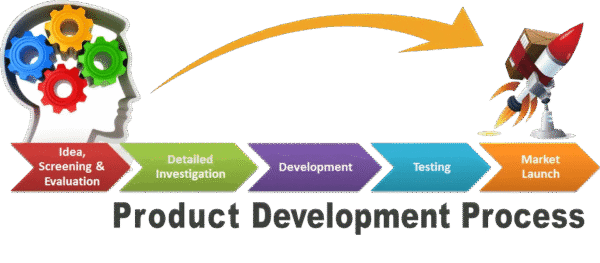
Buying any type of car is a major decision. This is especially true when buying a used vehicle.
Although the reputation of used auto dealers is not a great one, it’s best to be careful if you want to get a good deal.
Take it for a test-drive. This is one of the most crucial steps in choosing a used car. Although a test drive is a five-minute drive that will be appreciated by the used car dealer, it’s not enough. Here are the steps.
1) Examine the Exterior
No matter how excited you may be, If you’re looking for your dream car don’t just get in the car and drive away. You should take the time to inspect the car’s body for any damage that may have been hidden, and make sure that the tires are not too worn. If you do spot any serious problems, it should be considered a warning sign. However, minor issues can be used later in price negotiations if you are willing to proceed with the deal.
2) Go to the Interior
The interior should be the same. Every car dealer worth their salt will have cleaned the car thoroughly. If the interior is messy, be suspicious of what might be under the hood. You should also check the interior lights, air conditioner, and audio system.
3) Driving
It’s time to test drive the used car on the road if the interior and exterior look good. Don’t accept the car dealer‘s recommendation of which route to take. Instead, test drive the car in the conditions that you will be using it the most. You should test drive the used car at high speeds if you plan to do a lot on highway driving. If you are primarily city-driving, you should find a place where it can be tested in heavy traffic and how easy it is to park in small spaces.
It’s better to leave if the dealer objected to the testing. They’re either trying to hide something or are just unhelpful people you don’t want spending large sums of money with.
Listen out for unusual noises, squeaks or squeals while driving. This could indicate a mechanical problem. Are there any bumps or vibrations that could indicate poor steering or bad alignment? How are the brakes performing? Is the car able to over steer, under steer or pull to one side while driving straight? Is the car generally pleasant to drive and responsive?
4) Under the Hood
If you are satisfied with the results, ask for a closer look. Although you may not be an expert on auto repairs, a quick glance will give you an idea of the condition of the engine and its components. Are they clean and free from cracks or other damage? Do the connections and caps look good? Don’t be afraid to use your common sense and not let the dealer overlook any concerns.
5) Final checks
- It’s important that you do not make a final decision if you are satisfied with the car.
- Is the seat belt in good shape and easy to use? Is there an airbag installed, and how many?
- Do the doors lock and open easily? Or do they creak or rattle when closed? Also, make sure to inspect the rear doors.
- Is there enough room in the back for passengers to comfortably sit if necessary?
- Do you have enough cup holders or other conveniences? Although it might seem like a minor issue during a test drive or after you have owned a car for some time, these little niggles can be much more bothersome.
6) Take some time out
You’ll be able to find the car that you desire. Don’t rush to sign up – used car dealers know that it’s easier for them to close the deal right after the test drive if you are full of enthusiasm.
Take some time to explore the used car dealership and inspect other vehicles. Ask about their servicing options. Even if you don’t find any of these things interesting, it is important to allow yourself some time before you decide whether to proceed or not, and if so how much you are willing to pay.
Any car you buy is a major investment. Properly planned test drives will ensure that you make the best decision and get the car that meets your needs.



